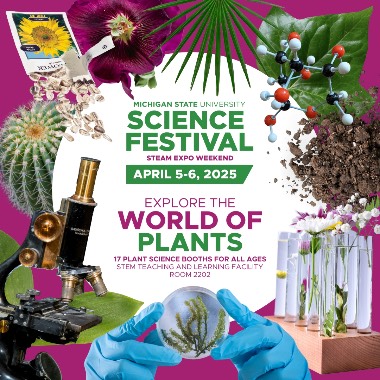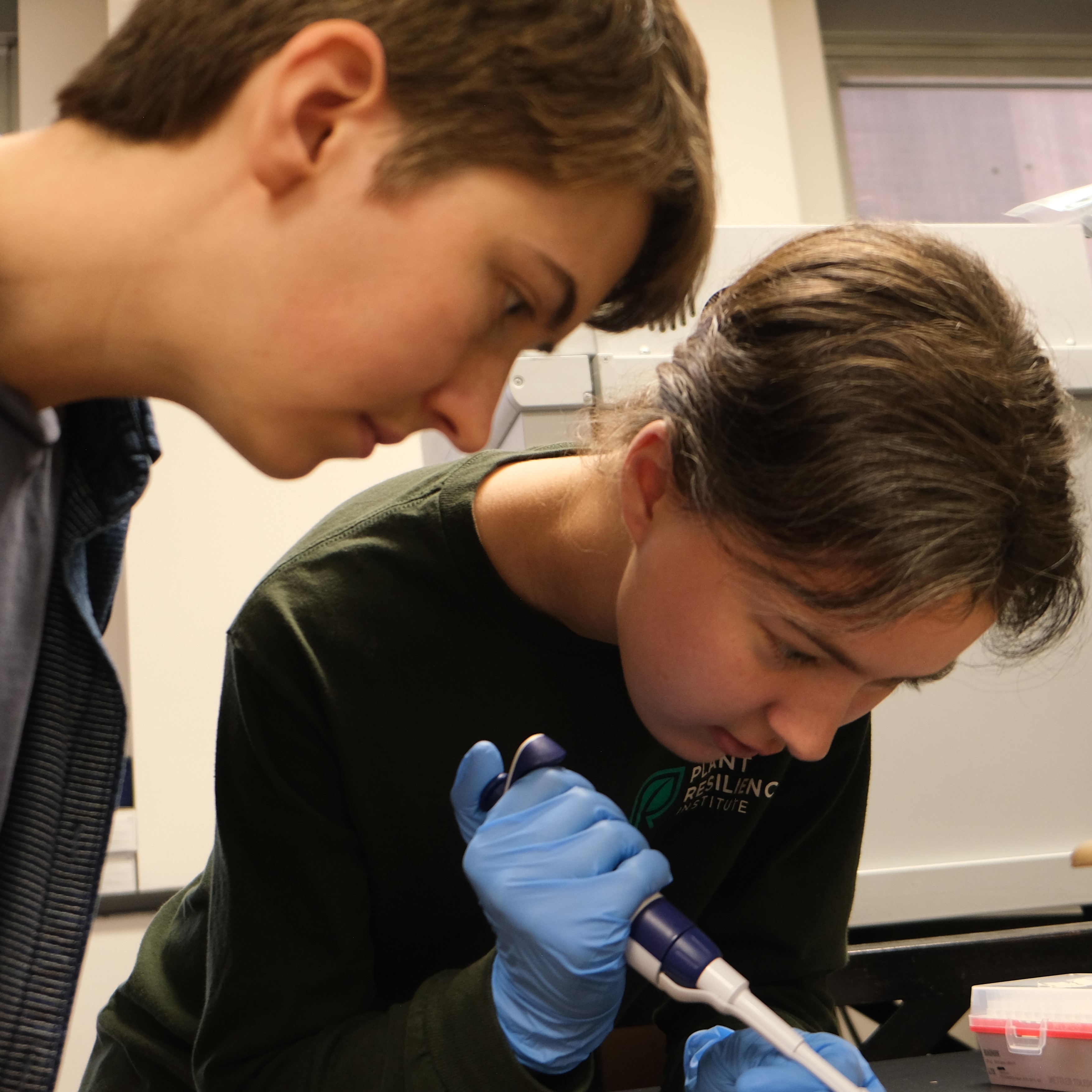In Memoriam: Remembering John B Ohlrogge
Remembering an inspiring scientist, a valued friend, and a distinguished colleague
In 1980, he started his first “real” job as Research Biochemist with the U.S. Department of Agriculture in Peoria, IL. In 1986, Chris R. Somerville, then a Professor at the MSU-DOE Plant Research Laboratory working on plant fatty acid metabolism, helped recruit John as a faculty member to Michigan State University (MSU), where he spent until his retirement in 2016. He was a member of the Department of Botany and Plant Pathology and later the Department of Plant Biology rising through the ranks to become a University Distinguished Professor in 2003.
At MSU, John trained many students and postdocs, who went on to distinguished careers on their own and now populate the ranks at international plant lipid meetings. One of his long-time collaborators was Mike Pollard, a postdoc colleague from the Stumpf lab, who after a successful career in the biotech industry, joined John’s laboratory. John had an inquisitive and sharp mind and approached problems as a classically trained biochemist in quantitative ways. He and Mike were thinking alike and perfectly complemented each other, resulting in many elegant contributions to the field. For example, they elucidated acyl fluxes through multiple pathways of triacylglycerol synthesis and their O18 labeling of spinach leaves tested existing and novel models of fatty acid transfer and lipid synthesis. John’s collaboration with Jörg Schwender and Yair Shachar-Hill led to the fundamental discovery of a rubisco bypass in developing Brassica embryos. John and his coworkers discovered key enzymes in essential aspects of plant lipid metabolism, for example in suberin and cutin biosynthesis, as well as the synthesis of unusual fatty acids.
John never shied away from novel technological developments and regularly sought new collaborators, resulting in many discoveries and great friendships that continued throughout his life. For example, taking advantage of the MSU Research Technology Support Facility and their chip cDNA printer, he led the development of what was, at the time, the largest tissue-specific Arabidopsis cDNA expression chip to detect specific gene expression patterns related to oil biosynthesis in embryos in the wild type and the wri1 mutant.
This work was done in collaboration with Christoph Benning, whom he helped recruit to MSU. John was convinced that while doing science is a privilege and mostly fun, it should ultimately contribute to improving people’s lives. One of his favorite quotations was from Thomas Jefferson “The greatest service which can be rendered any country is to add a useful plant to its culture.” John worked diligently to make this vision a reality during his lifetime. He was instrumental during the founding of the Great Lakes Bioenergy Research Center, and together with Christoph Benning, he explored ways to enhance the energy density of vegetative plant matter for biofuel and feed purposes. Both shared MSU’s Innovator of the Year award in 2018 for these efforts. Together with Mike Pollard and their coworkers, John discovered an enzyme in burning bush responsible for the synthesis of acetyl-triacylglycerol and introduced it into Camelina creating a new crop plant that produces a ready-to-use biodiesel or low-calorie vegetable oil for human consumption. Thus, John achieved his dream of adding at least one more plant to the farmers’ repertoire in his lifetime.
John cared deeply about the scientific community and worked tirelessly to connect scientists around the world and support them in their shared goals. He initiated and organized national and international meetings and developed an important plant lipid database and resource, something he continued working on past retirement. He never hesitated to share reagents and materials. He wrote foundational reviews of plant lipid metabolism that inspired generations of young scientists, and he organized the community together with Yonghua Li-Beisson to assemble the lipid chapter of The Arabidopsis Book. John also served as Associate Editor of Plant Physiology for many years.
John was never motivated by the thought of earning awards or medals for his innumerable accomplishments. However, he could not entirely escape them and for his lifetime achievements, John received the Martin Gibbs Award in 2009 from the American Society of Plant Biology (ASPB) and became a Fellow of ASPB. He was also a founding member of the ASPB Legacy Society. In 2000 he was awarded the Terry Galliard Medal at the International Symposium on Plant Lipids.
John loved talking about science and, at the same time, he cared deeply about the people around him. John’s door was always open, and he spent much of his time advising his mentees and colleagues, not just about their research, but also offered encouragement and support beyond science. With his kind, welcoming, and caring nature, John was a role model to all of us, cherished not only for his scientific insights and mentorship, but more so for showing us how to be a truly humanistic scientist. With Carol, his life partner at his side, they hosted many parties for his lab members and their families at their house and John famously organized an annual lab retreat at Wa Wa Sum, a rustic lodge camp in the North woods of Michigan on the banks of the Au Sable River. These retreats were filled with scientific discussions, canoeing, hiking, shared meals and drinks until late into the nights. But above all, his greatest love was reserved for his family, his partner Carol, their two sons, Michael and Aaron, their daughters in law, Audrey Johnson and Erika Malinoski, and their grandchildren George, Nicholas, Stanton, Terrell and Fredericka. John’s presence, wisdom and kindness will be deeply missed.
An online memorial has been established to provide family members, friends, and colleagues an opportunity to share their stories, thoughts, and photos in honor of John. To contribute, visit the site here.



